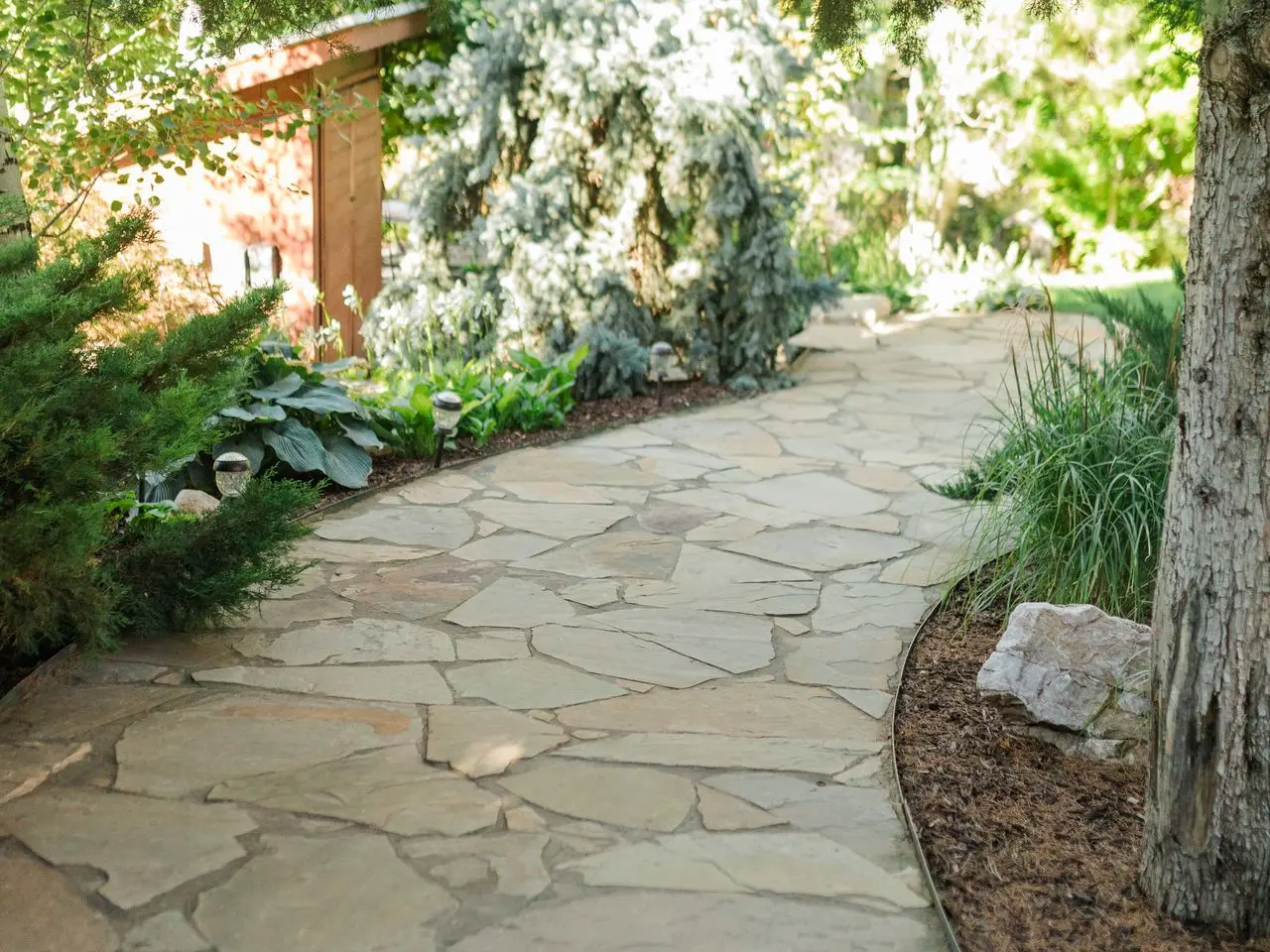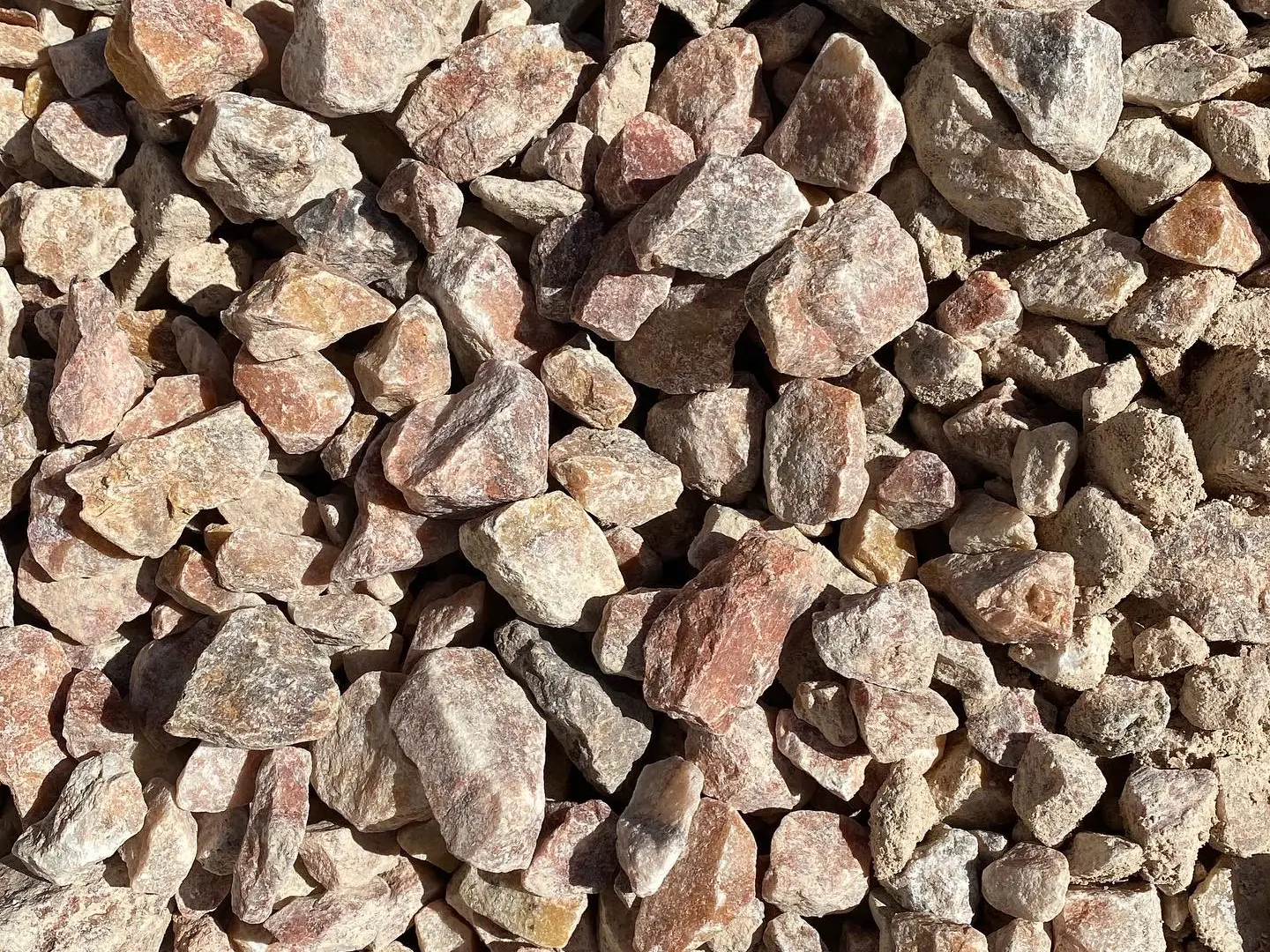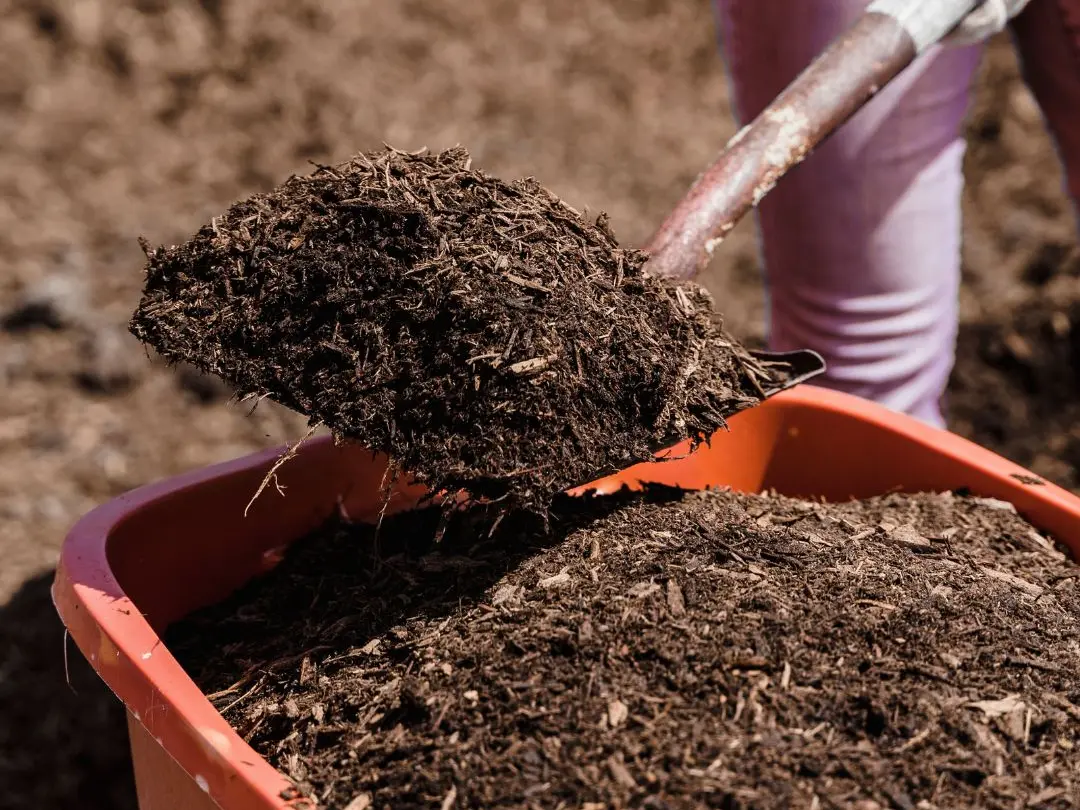Let’s cut to the chase, bidding stone jobs shouldn’t feel like advanced calculus. You're out there creating stunning outdoor spaces and tackling projects that may have many different aspects and materials, so when it comes to natural stone—American Stone has got your back! From elegant flagstone patios to impressive boulder retaining walls your out onsite meticulously measuring and navigating client negotiations, your valuable time is much better spent bringing those visions to life, not wrestling with complex calculations late into the night.
At American Stone, we understand the demands of your business. You need to quote faster, price confidently, and ultimately win more bids to keep your projects flowing and your clients happy. That's why we're more than just a supplier of high-quality landscape stone, pavers, and retaining wall materials – we're your trusted resource, committed to helping you streamline your processes and boost your profitability. We're in your corner, providing the information and support you need to succeed in every stone installation project.
Here are some practical, quick-reference hacks designed to simplify your bidding process and ensure accuracy, so you can focus on what you do best: building exceptional landscapes with American Stone products:

Flagstone Weight Simplified for Accurate Quoting:
Working with beautiful flagstone doesn't need to be a guessing game when it comes to weight.
- Rule of thumb: For the majority of your flagstone patio and walkway projects, assume an average weight of 165 lbs per cubic foot. Always verify this for unique or specialty stone varieties.
- The Contractor's Hack: For a quick estimate, remember that approximately every 1 inch of flagstone thickness equates to about 14 lbs per square foot.
- Example: If you're working with 1 to 2-inch thick Autumn Gold flagstone for a patio, you can quickly estimate around 20 lbs per square foot. For 2 to 3-inch thick Storm Mountain flagstone stepping stones, figure roughly 35 lbs per square foot.
- Example: If you're working with 1 to 2-inch thick Autumn Gold flagstone for a patio, you can quickly estimate around 20 lbs per square foot. For 2 to 3-inch thick Storm Mountain flagstone stepping stones, figure roughly 35 lbs per square foot.
- Pro Tip for Less Waste: When calculating your flagstone needs for irregular shapes, always add a 10% buffer to account for cuts and fitting. This ensures you have enough natural stone on hand to complete the job without costly delays.

Boulder Weight Estimating –
Essential for Retaining Walls and Landscape Features:
Moving and installing boulders requires accurate weight estimations for safe and efficient handling. Whether you're quoting a rustic dry stack stone wall or a robust boulder wall, these simplified formulas will save you time:
- Simplified Formula for boulder walls: Length (ft) x Width (ft) x Height (ft) x 100 (lbs/cu ft) = approximate weight in pounds.
- Dry Stack Walls (using thinner wall stone): Length (ft) x Height (ft) x Depth (ft) x 135 = approximate weight in pounds.
- Real-World Examples:
- A smaller garden boulder wall measuring roughly 6’ x 1’ x 1’ will weigh around 600 lbs.
- A more substantial retaining boulder wall at 10’ x 4’ x 2’ will be approximately 8,000 lbs.
- Note: The weight of natural boulders increases exponentially with size. Always factor in appropriate machinery and manpower when bidding larger boulder installations.
- 1' x 1' x 1' boulder will weight 100 lbs.
- 4' x 4' x 4' boulder will weight 6400 lbs.

Crushed Rock & Cobble Math Hack
for Driveways, Pathways, and Drainage:
Accurately estimating crushed rock, gravel, and cobble needs is crucial for projects like driveways, pathways, and drainage solutions.
- Average Weight: Most crushed rock and cobble materials weigh approximately 2,400 lbs per cubic yard.
- Coverage per Ton (at specified depths):
- Sand or pea gravel (at a 2-inch depth): Covers about 120–130 square feet per ton. Perfect for pathways and leveling.
- ¾” crushed rock (at a 1.5-inch depth): Provides coverage of approximately 105 square feet per ton, ideal for base layers and driveways.
- 2–4” cobble stones (for a decorative 4-inch layer): Expect around 65 square feet of coverage per ton. Great for edging and accents.

Soil & Mulch Coverage 101 –
Essential for Landscape Bed Prep:
Don't underestimate the importance of accurate soil and mulch calculations for healthy and aesthetically pleasing landscape beds.
- Coverage per Cubic Yard:
- At a 2-inch depth: 1 cubic yard covers approximately 150 square feet. Ideal for top dressing.
- At a 3-inch depth: 1 cubic yard covers around 100 square feet. Standard for most garden beds.
- At a 4-inch depth: 1 cubic yard covers about 75 square feet. Recommended for weed suppression with mulch.
- Pro Tip for Avoiding Shortages: Always add a minimum of 10% extra material when calculating your soil and mulch needs to account for waste, uneven spreading, and settling. Running short on a job can lead to significant delays and added costs.
At American Stone, we're committed to providing you with not only the finest quality natural stone products but also the practical knowledge and tools you need to bid and execute your projects efficiently. We believe that when you succeed, we succeed.
Need a hand with the numbers for your next stone project?
Our experienced team at American Stone will gladly help you calculate the quantities you need, so you can focus on delivering exceptional results for your clients. We're here to be your trusted partner in every landscape construction endeavor.
Stop Guessing – Bid Stone Jobs Faster with American Stone: Your Trusted Partner